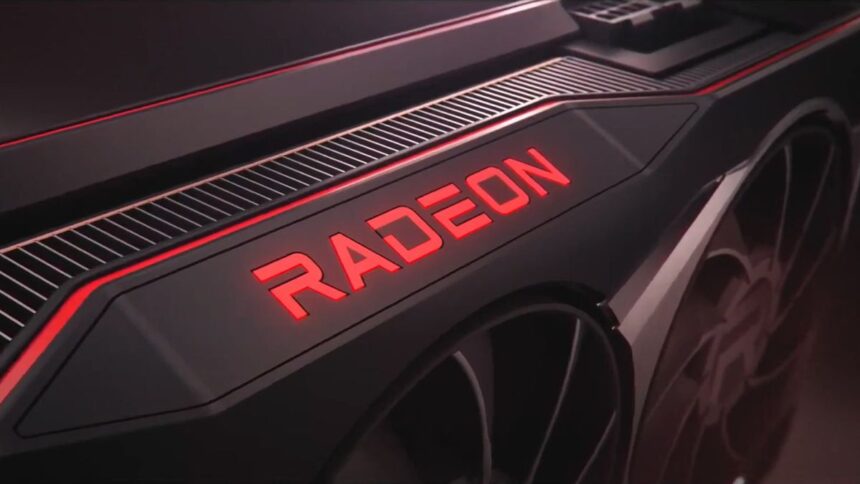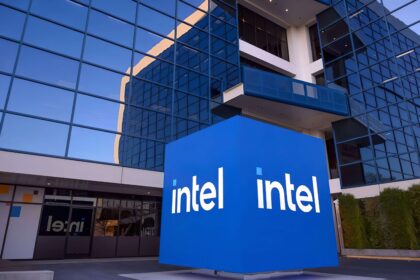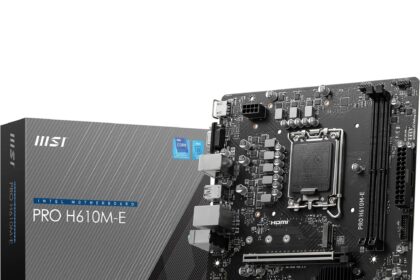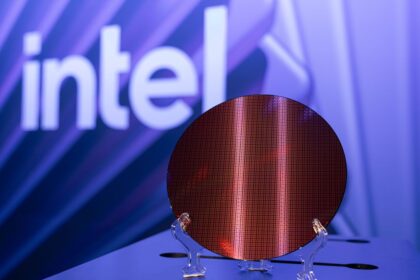The Radeon RX 9000 series may still feel fresh on the market, but the spotlight is already shifting toward AMD’s next-generation graphics cards, rumored to be based on the RDNA 5 or UDNA architecture. A well-known leaker, Kepler, recently shared new speculation that has stirred interest across the tech community.
According to a post on the AnandTech forums, Kepler responded to a user inquiry by suggesting three potential GPU configurations for AMD’s upcoming lineup:
- 96 Compute Units (CUs) + 384-bit memory bus
- 64 CUs + 256-bit memory bus
- 32 CUs + 128-bit memory bus
While these are still educated guesses, Kepler has a solid track record with past hardware leaks, which lends some credibility to the claims.
A Potential 50% Core Count Jump
If the 96 CU configuration proves accurate, it would represent a 50% increase in compute units over the current flagship, the Radeon RX 9070 XT, which is based on RDNA 4. This could signal a serious performance boost—especially given that the 9070 XT already holds its own against Nvidia’s RTX 5080 in select workloads.
With a more powerful core configuration and a wider 384-bit memory interface, AMD’s next-generation GPU could offer a significant step up in performance. However, by the time RDNA 5 cards arrive, Nvidia’s RTX 6000 series will likely be available, potentially resetting the bar for high-end graphics performance. In that sense, comparing future AMD cards to current-gen Nvidia ones might not paint the full picture.
Will AMD Finally Launch a True Flagship?
One big unknown is whether AMD plans to release a true high-end GPU with RDNA 5. With the RX 9000 series, AMD notably skipped a top-tier model capable of directly challenging Nvidia’s most powerful offerings. Some rumors suggest that a so-called “RTX 5080 killer” might still be in the pipeline—but so far, nothing official has been confirmed.
If AMD follows the same strategy with RDNA 5, we could once again see a strong upper-mid-range lineup, but no ultimate flagship to go head-to-head with Nvidia’s best.











